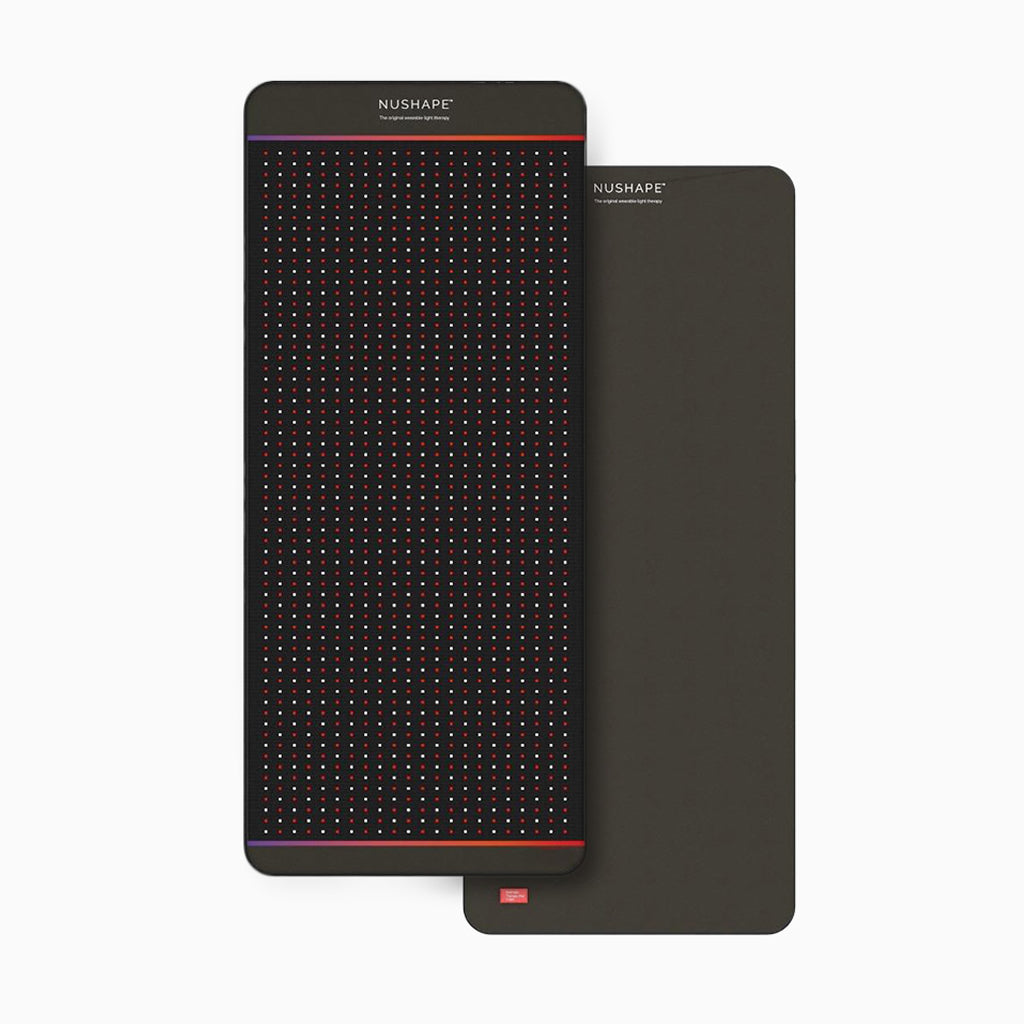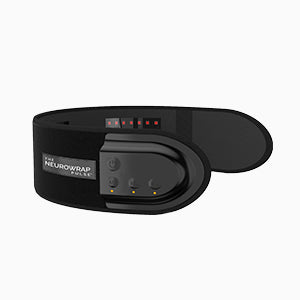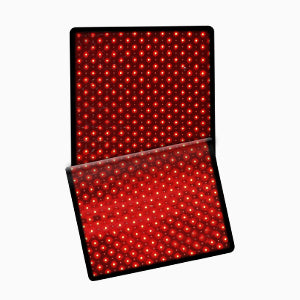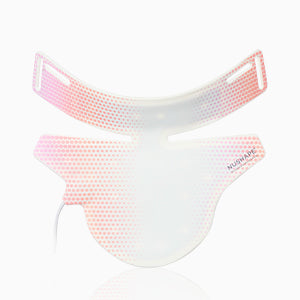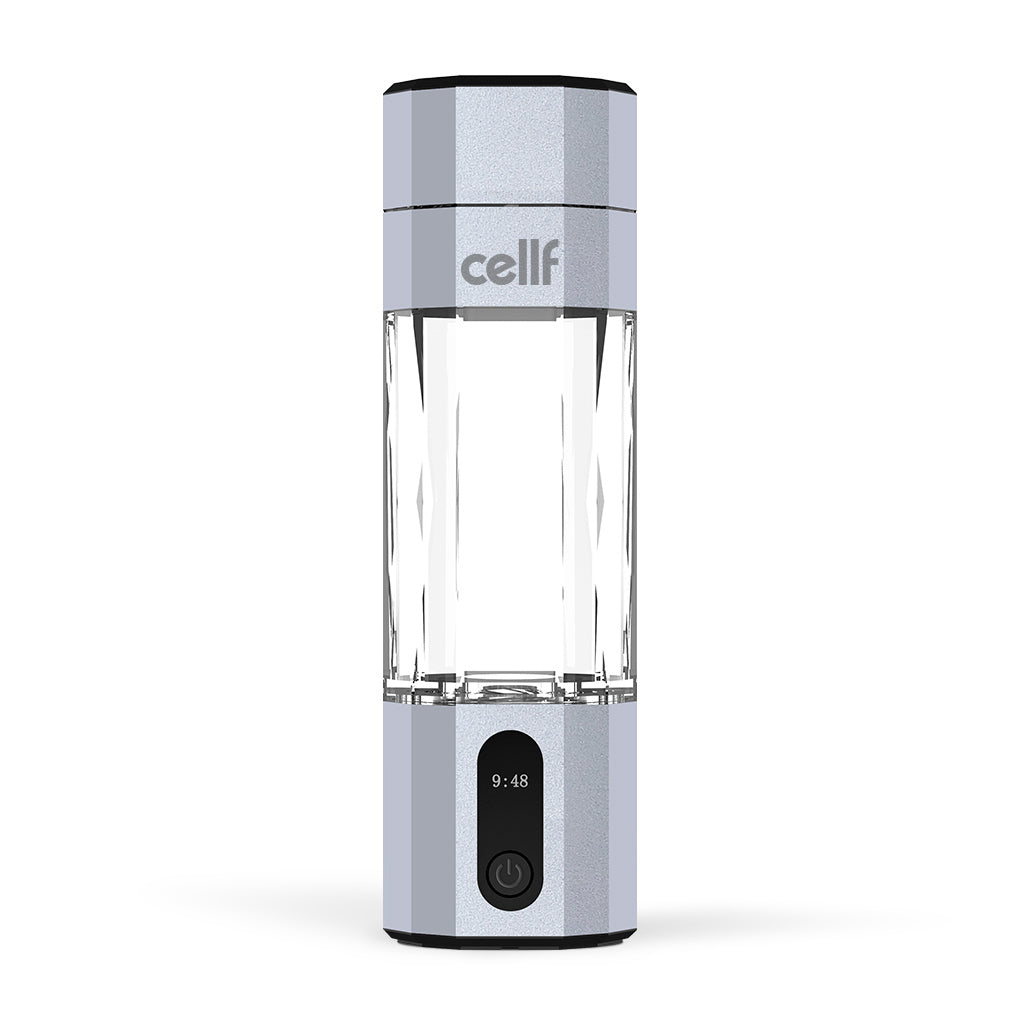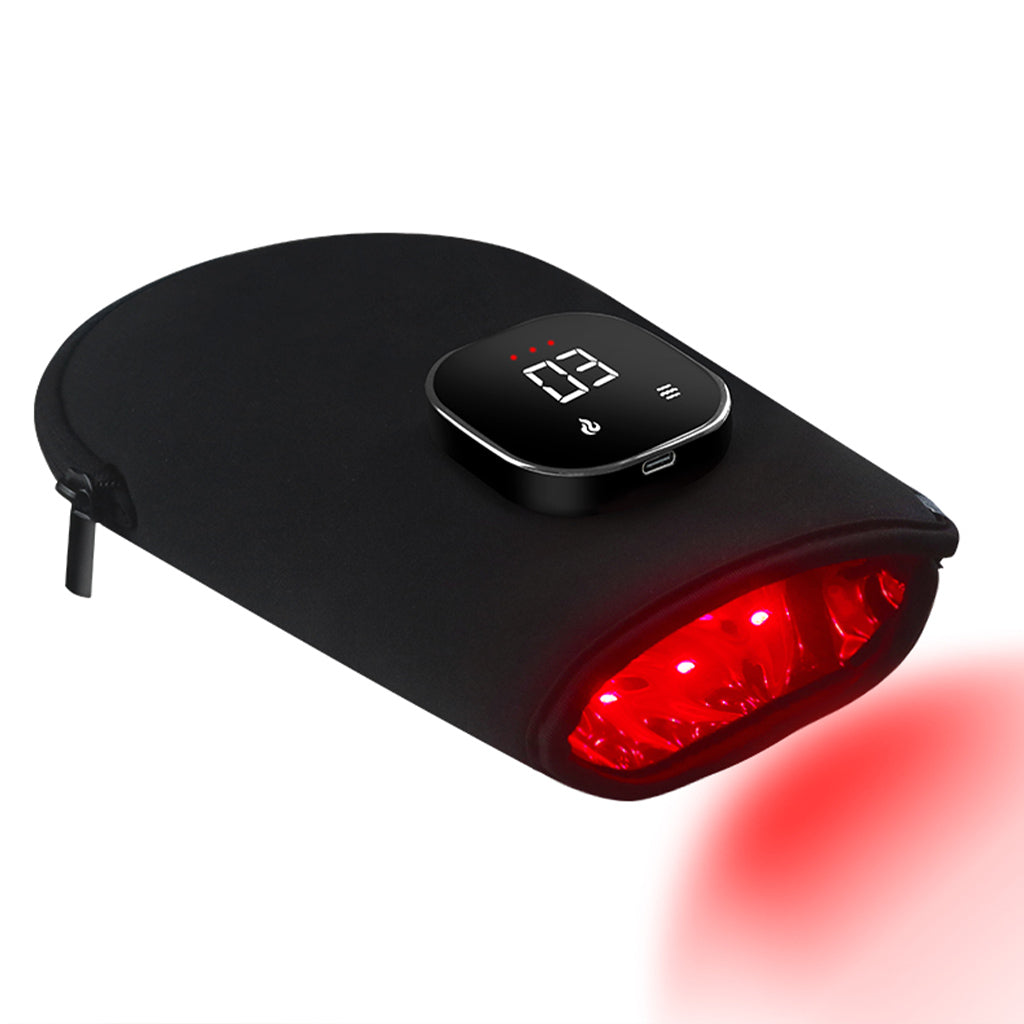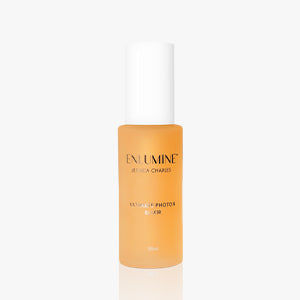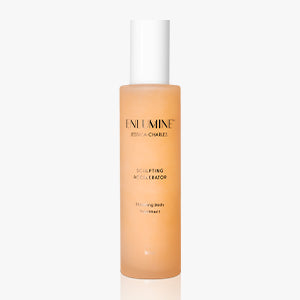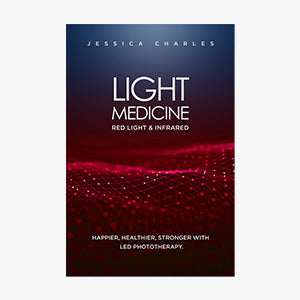
Red light therapy has become increasingly popular as a non-invasive and non-pharmacological treatment option for various conditions, including pain relief. This therapy works by exposing the body to low-level wavelengths of red or near-infrared light that can penetrate the skin and tissue to reach the underlying cells.
Red light therapy has been shown to have a range of beneficial effects on the body, including increased circulation, improved cellular metabolism, and reduced inflammation. These effects are believed to contribute to the therapy's potential to provide pain relief.
One way in which red light therapy may help relieve pain is by reducing inflammation. Inflammation is a natural response of the body's immune system to injury or infection, but chronic inflammation can contribute to the development of many health problems, including chronic pain. Red light therapy has been shown to reduce inflammation by increasing blood flow to the affected area and stimulating the body's natural anti-inflammatory response.
Another way that red light therapy may help relieve pain is by stimulating the production of endorphins, which are natural painkillers produced by the body. Endorphins are released in response to stress or pain, and they can help reduce the sensation of pain and promote feelings of well-being.
Red light therapy has been shown to stimulate the production of endorphins, which may help relieve pain and improve mood. Red light therapy has also been shown to be effective in treating specific types of pain. For example, the existing literature suggests that red light therapy could be effective in reducing pain associated with fibromyalgia. Fibromyalgia is a chronic pain condition that is often difficult to treat with traditional pain medications, and the study suggests that red light therapy may be a promising alternative or adjunct treatment option.
Other studies found that red light therapy was effective in reducing pain associated with knee osteoarthritis. Osteoarthritis is a degenerative joint condition that can cause chronic pain and stiffness, and the study suggests that red light therapy may be a safe and effective treatment option for this condition.
Overall, red light therapy shows promise as a non-invasive and non-pharmacological treatment option for pain relief. While more research is needed to fully understand the therapy's mechanisms of action and its effectiveness in treating specific types of pain, early studies suggest that it may be a safe and effective treatment option for a variety of conditions. If you are considering red light therapy as a treatment option for pain relief, be sure to consult with a healthcare professional to determine whether it is right for you.
Sources:
Hamblin, M. R. (2017). Mechanisms and applications of the anti-inflammatory effects of photobiomodulation. AIMS Biophysics, 4(3), 337-361. https://doi.org/10.3934/biophy.2017.3.337
Avci, P., Gupta, A., Sadasivam, M., Vecchio, D., Pam, Z., Pam, N., ... & Hamblin, M. R. (2013). Low-level laser (light) therapy (LLLT) in skin: stimulating, healing, restoring. Seminars in Cutaneous Medicine and Surgery, 32(1), 41-52. PMID: 24049929.
Kim, W. S., & Calderhead, R. G. (2018). Is light-emitting diode phototherapy (LED-LLLT) really effective? Laser therapy, 27(4), 235-242. https://doi.org/10.5978/islsm.18-RE-01

